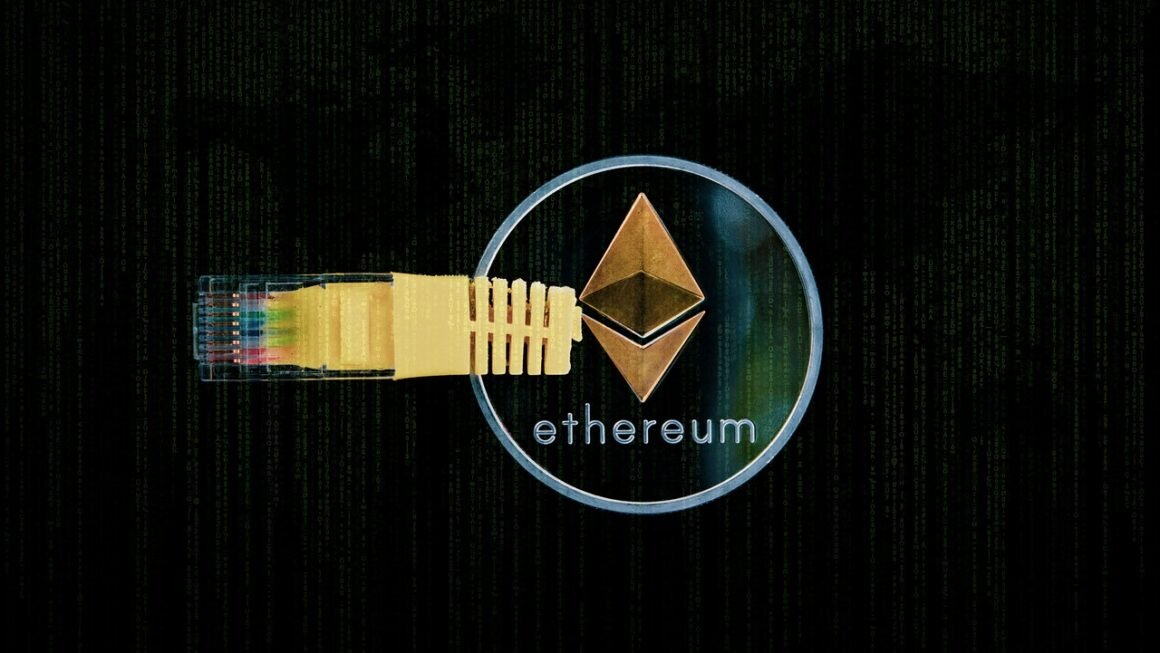Yield farming has exploded onto the DeFi (Decentralized Finance) scene, captivating crypto enthusiasts with the promise of earning passive income on their digital assets. But what exactly is it, how does it work, and is it right for you? This comprehensive guide breaks down the complexities of yield farming, explaining its mechanics, risks, and potential rewards in a clear and accessible way.
Understanding Yield Farming
What is Yield Farming?
Yield farming, also known as liquidity mining, is a method to generate rewards with cryptocurrency holdings. In essence, you lend or stake your crypto assets to a decentralized finance (DeFi) platform in exchange for rewards, typically in the form of the platform’s native token or a portion of the transaction fees. Think of it as depositing money in a high-yield savings account, but with cryptocurrencies and significantly higher (and riskier) potential returns.
- Yield farming platforms are typically decentralized applications (dApps) running on blockchains like Ethereum, Binance Smart Chain, and Solana.
- Farmers provide liquidity to these platforms by depositing their crypto assets into liquidity pools.
- These liquidity pools are used to facilitate trading, lending, and borrowing within the DeFi ecosystem.
How Does Yield Farming Work?
Yield farming platforms incentivize users to provide liquidity by offering rewards proportional to the amount of liquidity they contribute. These rewards often come in the form of:
- Transaction Fees: A percentage of the fees generated by traders using the liquidity pool.
- Platform Tokens: The platform’s native token, distributed as a reward for providing liquidity.
- Interest: Earned from lending or borrowing activities facilitated by the liquidity pool.
The annual percentage yield (APY) is often displayed on yield farming platforms to represent the expected return on your investment over a year, but it’s important to remember that these APYs can fluctuate dramatically.
Key Concepts in Yield Farming
Understanding these concepts is critical for navigating the yield farming landscape:
- Liquidity Pool: A pool of tokens locked in a smart contract, providing liquidity for trading or other DeFi activities.
- Liquidity Provider (LP): A user who deposits tokens into a liquidity pool.
- Annual Percentage Yield (APY): The estimated annual rate of return on your investment, including compounding.
- Impermanent Loss (IL): A potential loss that occurs when the price of the tokens deposited in a liquidity pool changes relative to each other.
- Staking: Locking up tokens in a smart contract to support the network and earn rewards.
- Smart Contracts: Self-executing contracts written in code that automate the process of providing liquidity and distributing rewards.
Getting Started with Yield Farming
Choosing a Platform
Selecting the right yield farming platform is crucial. Consider these factors:
- Reputation and Security: Look for platforms with a proven track record and robust security measures. Check for audits conducted by reputable firms.
- APY and Rewards: Compare the APYs offered by different platforms, but remember that higher APYs often come with higher risks.
- Token Pairs: The specific tokens you can deposit into liquidity pools will vary by platform. Choose pools that contain assets you are comfortable holding.
- Transaction Fees: Factor in the gas fees (on Ethereum) or transaction fees (on other blockchains) associated with depositing and withdrawing your funds.
- User Interface: Opt for a platform with a user-friendly interface that makes it easy to manage your positions.
- Examples of popular platforms: Aave, Compound, Uniswap, PancakeSwap, and SushiSwap are well-known platforms, each with its own offerings and associated risks.
Setting Up Your Wallet
You’ll need a compatible cryptocurrency wallet to interact with DeFi platforms. Popular choices include:
- MetaMask: A browser extension wallet compatible with Ethereum and other EVM-compatible blockchains.
- Trust Wallet: A mobile wallet supporting a wide range of cryptocurrencies.
- Ledger/Trezor: Hardware wallets that provide the most secure way to store your crypto assets.
Make sure to:
- Secure your seed phrase: Your seed phrase is the key to accessing your wallet. Store it offline in a safe place.
- Enable two-factor authentication: Add an extra layer of security to your wallet.
- Double-check addresses: Always verify the recipient address before sending any cryptocurrency.
Providing Liquidity
Once you’ve chosen a platform and set up your wallet, you can start providing liquidity.
Risks and Challenges of Yield Farming
Impermanent Loss
Impermanent Loss (IL) is a significant risk in yield farming. It occurs when the price of the tokens you deposited into a liquidity pool changes relative to each other. The greater the price divergence, the higher the risk of IL. While you continue to earn rewards, the value of your deposited tokens might decrease due to IL, potentially offsetting your gains.
- Example: You deposit $100 worth of ETH and $100 worth of USDC into a liquidity pool. If the price of ETH doubles while the price of USDC remains constant, you might experience impermanent loss. Although you’ve earned rewards, the value of your ETH holdings (in terms of USD) has increased more than the value of the tokens you would get back if you withdrew from the pool.
Smart Contract Risks
Yield farming relies on smart contracts, which are susceptible to bugs and vulnerabilities. A flaw in a smart contract could lead to a loss of funds. It’s important to research the platform and ensure that the smart contracts have been audited by reputable firms.
- Rug Pulls: Malicious actors can create seemingly legitimate DeFi projects with the intention of stealing users’ funds. These “rug pulls” involve attracting investors, inflating the token price, and then suddenly draining the liquidity pool.
- Exploits: Hackers can exploit vulnerabilities in smart contracts to steal funds.
Volatility
Cryptocurrency markets are notoriously volatile. The value of your deposited tokens and the rewards you earn can fluctuate significantly, leading to potential losses.
- Market Crashes: A sudden market crash can wipe out a significant portion of your investment.
- Token Price Fluctuations: The price of the platform’s native token can also fluctuate, affecting the value of your rewards.
Regulatory Uncertainty
The regulatory landscape for DeFi is still evolving. Changes in regulations could impact the legality and viability of yield farming platforms.
Optimizing Your Yield Farming Strategy
Diversification
Don’t put all your eggs in one basket. Diversify your investments across multiple platforms and liquidity pools to reduce your risk exposure.
Monitoring
Keep a close eye on your positions. Track the APYs, token prices, and impermanent loss. Adjust your strategy as needed.
Hedging Strategies
Consider using hedging strategies to protect yourself from market volatility.
- Stablecoin Farming: Farming stablecoins (like USDC, USDT, DAI) often offers lower APYs but also reduces the risk of impermanent loss.
- Delta-Neutral Strategies: Employing strategies designed to be insensitive to the price movement of underlying assets, aiming to profit from yield alone.
Staying Informed
Stay up-to-date on the latest developments in the DeFi space. Follow reputable news sources, research new projects, and be aware of potential risks.
Conclusion
Yield farming presents a compelling opportunity to earn passive income with your cryptocurrency holdings. However, it’s crucial to understand the risks involved and implement a sound strategy. By carefully researching platforms, diversifying your portfolio, and staying informed about the latest developments in the DeFi space, you can increase your chances of success in this rapidly evolving landscape. Remember that the high rewards come with high risks, and it’s always best to start small and gradually increase your exposure as you gain more experience.



